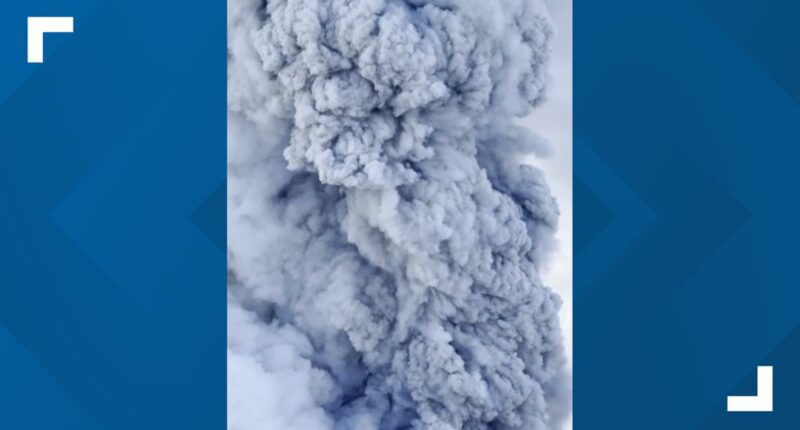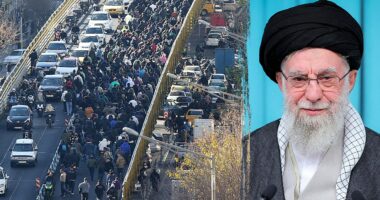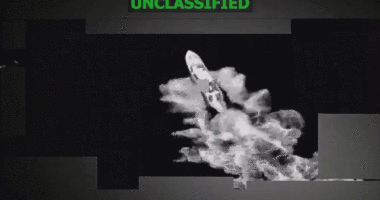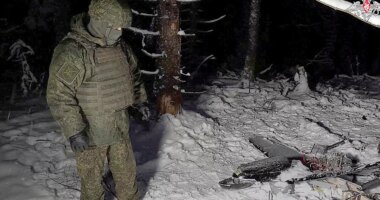Share this @internewscast.com
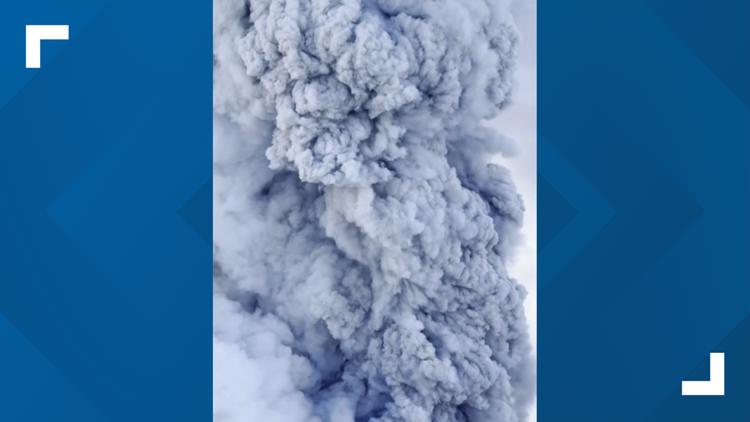
An 8.8 magnitude earthquake struck Russia’s Far East on Wednesday, triggering small tsunami waves in both Japan and Alaska.
WASHINGTON — The Kamchatka Peninsula in Russia’s far east witnessed a volcanic eruption overnight into Sunday, marking the first such event in hundreds of years as per researchers, just days after the significant earthquake.
The Krasheninnikov volcano expelled ash up to 6 kilometers (3.7 miles) high, reported the staff at the Kronotsky Reserve, the site of the volcano. State media shared images showing thick clouds of ash billowing from the volcano.
“The ash plume is progressing eastward over the Pacific Ocean, with no populated areas in its trajectory, and no reports of ashfall in inhabited locations,” the Kamchatka emergencies ministry announced on Telegram during the eruption.
Accompanied by a 7.0 magnitude earthquake, the eruption led to a tsunami warning for three regions in Kamchatka. However, this tsunami warning was retracted by Russia’s Ministry for Emergency Services.
“The Krasheninnikov volcano’s recent activity marks its first documented eruption in 600 years,” Olga Girina, leader of the Kamchatka Volcanic Eruption Response Team, informed the Russian state news agency RIA Novosti.
The Smithsonian Institution’s Global Volcanism Program, based in the U.S., however, lists Krasheninnikov’s last eruption as occurring 475 years ago in 1550.
The reason for the discrepancy was not clear.
The Kamchatka Volcanic Eruption Response Team said late Sunday that the volcano’s activity was decreasing but that “moderate explosive activity” could continue.
The eruption occurred after a huge earthquake struck Russia’s Far East early Wednesday, an 8.8-magnitude temblor that caused small tsunami waves in Japan and Alaska and prompted warnings for Hawaii, North and Central America and Pacific islands south toward New Zealand.
Copyright 2025 Associated Press. All rights reserved. This material may not be published, broadcast, rewritten, or redistributed.
